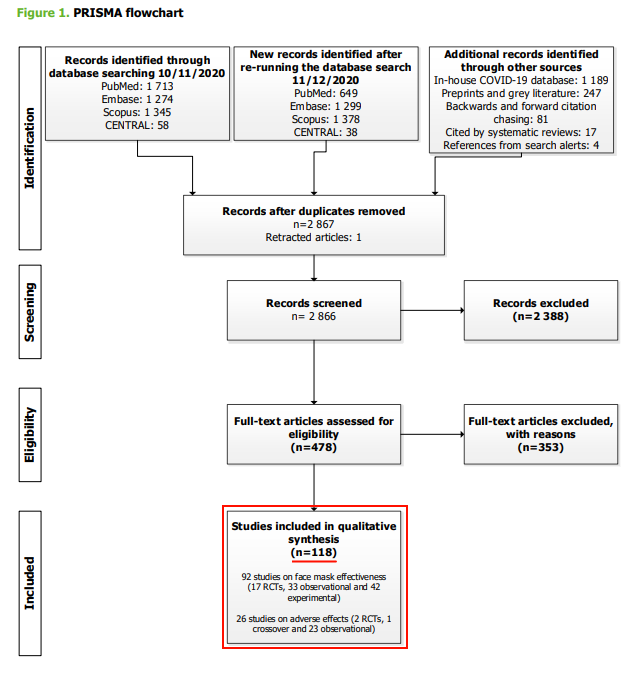
1/ There is absolutely no discussion that if you have a disease that doubles its size every 3-4 days and 2% of those infected requires hospitalization you are going to have a quite difficult situation to deal with. Not even a newbie modeler would disagree with @neil_ferguson
https://twitter.com/FGarridoB/status/1364261492435152898
2/ But as @gidmk told me once in one of our initial exchanges (and respectful disagreements): "Everyone comes into epidemiology for the uncertainty and stay for the nuance" (if I recall it correctly, corrections please). The entire response rest on those nuances, let's dissect.
3/ At least in my mind there is no doubt that the Ro of SARS-Cov-2 is very high (we estimated 3.3) and if we account for the UK variant we are probably 30% up from there. So, we can say we agree probably up to the decimals level.
4/ The second assertion is at the very least weak. 2% is a HUGE number. If that would be true we should be watching hundreds of young adults and kids hospitalized. I know there are some, but that ain't happening to the number that would be required to accept that number.
5/ Then it is difficult to accept the dismissal of the whole issue based on that fact. I read also @derekwinton opinion piece, and being a software developer I can agree the code is a bit of a mess, and I write code that is run to this date on several 10000s of machines daily.
6/ But while it is interesting to see that such piece of complex simulation software has almost no test code; that to me is a moot argument, if the software work, it works.
7/ What it is interesting though is he mentioned all 4 models agree. Well let's say that it would be a thing if they didn't, they are modeling the same underlying process. If your model is not capturing a key piece of the process, then it does not work.
8/ @neil_ferguson talks about the specifics about the response or how the UK hasn't been using it to inform, now that begs the question; what the is optimal response those 4 models gives to minimize deaths? Because, our own work suggest that uniform suppression is not the answer.
9/ So, either their models are not capturing a key part of the process which is age stratification or they should be showing how mitigating uniformly actually increases the death toll. Given their model style is based on agents I don't have much confidence they could know either.
10/ The reason is that those types of models are highly sensitive to stochasticity and also to underlying assumptions. What if instead of 1 bus per block, you have 2? What if the length of the trip is 5 blocks or 10 blocks?
11/ Mobility for example is key to those types of models where you simulate a whole city or country by cells, and those parametrizations rest on assumptions, those assumptions will throw you off the mark pretty fast when left unchecked. That's why we decided to go classic.
12/ And going classic (ODE style) you win the ability to explore easily and cheaply the space of solutions and parameters. That's why you discover 'strange' behaviors (for the epidemiologists at least) like that many viral parameters do not influence immunity. 

13/ Assumptions, Assumptions, Assumptions. All good modelers should be able to show how their assumptions modify the behavior and make them explicit in their model. You should not take a model at face value without understanding them. They are ALL.
14/ So my question for all of SAGE researchers like @neil_ferguson, @mlipsitch, etc is: "Back in march, what is the set of policies that ensure that we would minimize deaths?" And remember that we know already (and we knew back then) that this is a age risk stratified disease.
• • •
Missing some Tweet in this thread? You can try to
force a refresh







